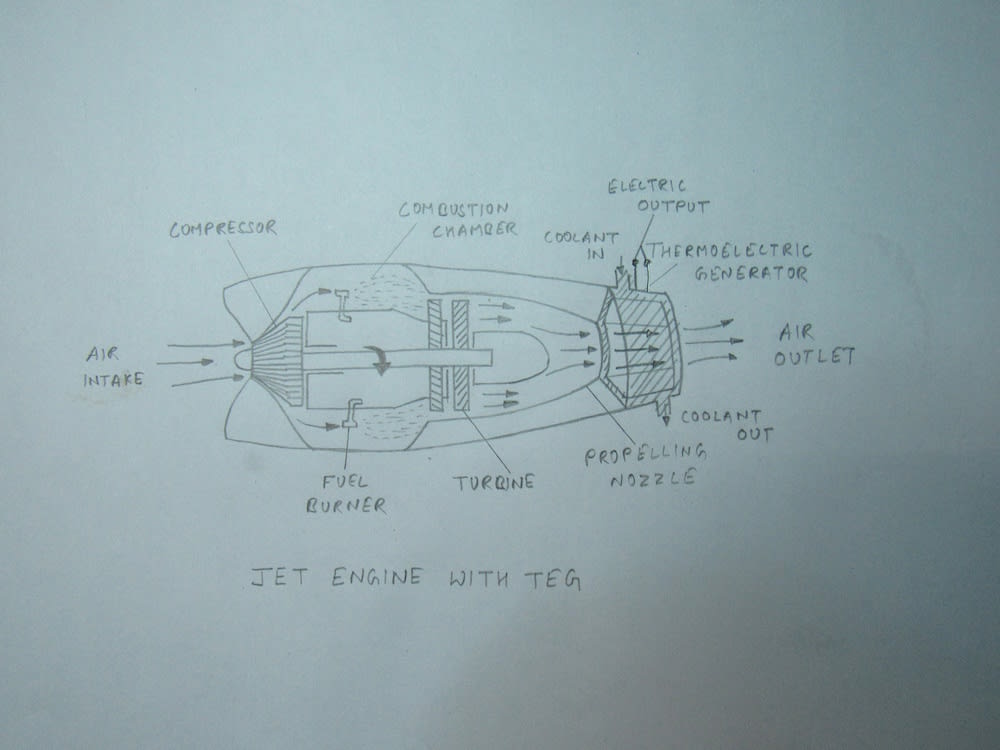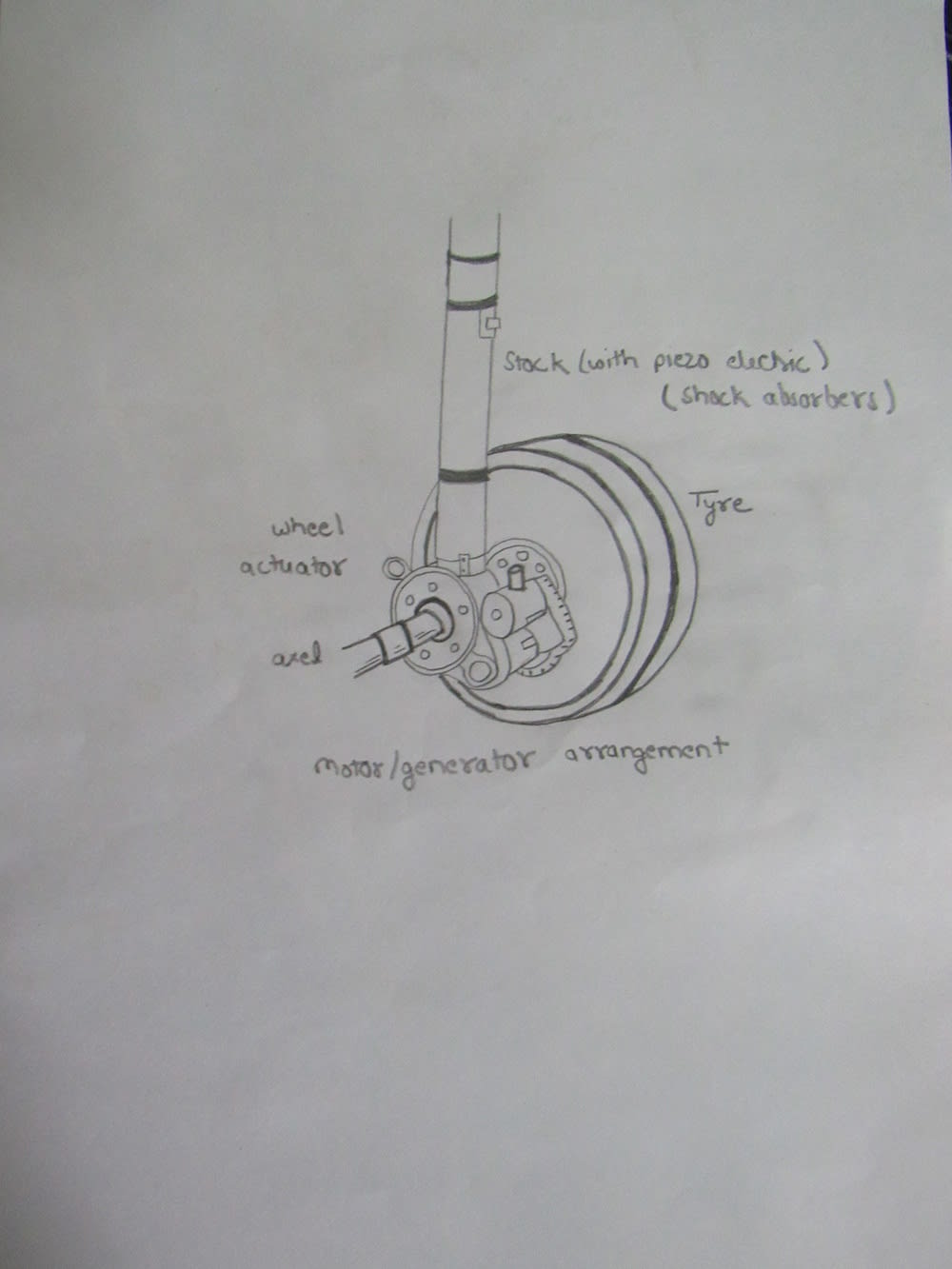Synopsis
Efficient airplanes is a project about implementation of the technology of hybrid cars used for the Li+ ion battery recharge, in case of hybrid airplanes in order to increase the efficiency of hybrid airplane by providing constant power supply during its flight and recharging the electric power of batteries when the plane is landing so as to reduce the impact on non – conventional methods of rechargement used for recharging its batteries. In order to make this much more applicable in case of hybrid airplanes we proposed two methods for electric power generation namely for the above given purpose -
1) Regenerative Brakes
2) Thermo-electric Generator
These have been currently used in case of hybrid cars in order to generate electricity to feed it back into the batteries.
In this case, it is hypothesised that there would be very no weight addition and high power generation by the setup which would be used up to reduced pollution cause by airplane. Moreover, increasing plane’s efficiency and decreasing rechargement time for batteries.
All the information used here has been used in the case of Airbus A320 (Hybrid) airplane.
Conclusions (Brief)
Power generated –
Power difference between new setups and APU and IDG = 796.86 kW
Hence, we can replace APU and IDG from the aircraft body.
For regenerative brakes (3 setups) –
At 200 km/h and 30 seconds braking time -
Power generated = 936.96 kW
Cost = $130000
Weight = 300 kg
Power to weight ratio = 312.32/100 = 3.123 kW/kg
Cost to power ratio = $400/kW
This weight and cost would be compensated by replacement of taxiing motor, fuel driven rechargement setups and batteries.
For Thermo - electric generator (2 setups) –
At temperature difference 800DC (Single fin ATEG)
(For a 3 hour flight)
Power generated = 24.9 kWh
Cost = $ 5000
Weight = 900 kg
Power to weight ratio = 0.03 kWh/kg
Cost to power ratio = $200.8/kWh
This weight and cost would be compensated by replacement with fuel driven power supplying setups and batteries.
Significance of the Result
This energy i.e. 936.96 kW and 24.9 kWh produced by the regenerative braking setup and the thermoelectric generator setup respectively apart from their cost or weight are renewable eco-friendly methods of power production i.e. if we take into consideration other sources such as the APU, IDG or even the batteries. Every time as it is being used to power the taxiing system or any other system in the aircraft, a power source is being needed which can be aircraft fuel or some other electric power rechargement method from an external charger or something.
But if we look at the case of these setups, after every flight or during the flight there is regeneration of power.
Moreover, all the systems used for power generation are eco-friendly and there is no pollution caused due to them.
Video
Like this entry?
-
About the Entrant
- Name:Shreyasvi Natraj
- Type of entry:individual
- Software used for this entry:Google Sketchup 8
- Patent status:none





